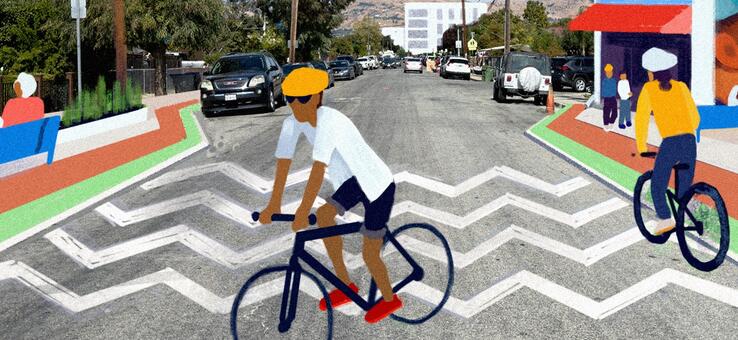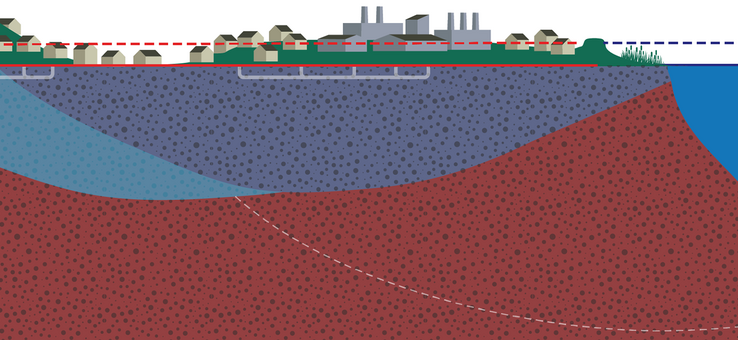
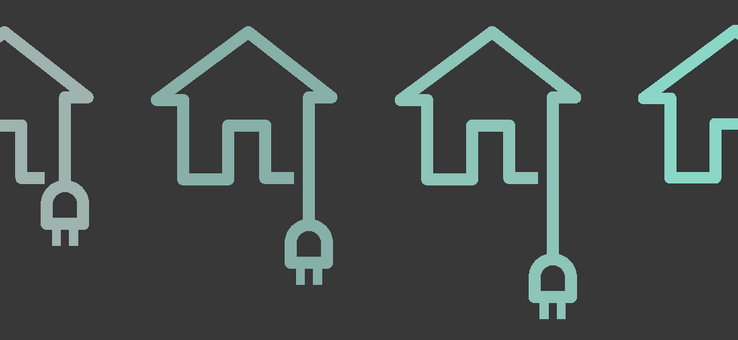
Closing the Electrification Affordability Gap
Planning an equitable transition away from fossil fuel heat in Bay Area buildings

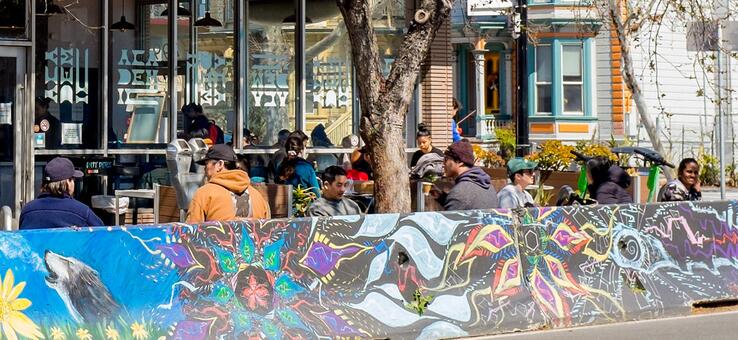
The 15-Minute Neighborhood
A framework for equitable growth and complete communities in San José and beyond
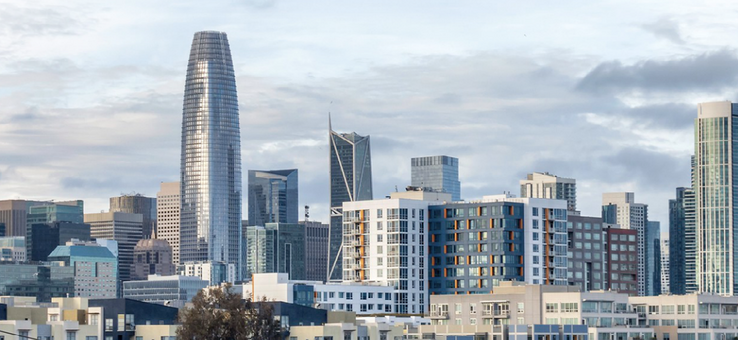
Office-to-Residential Conversion in Downtown SF
Can converting office space to housing help revitalize downtown?
